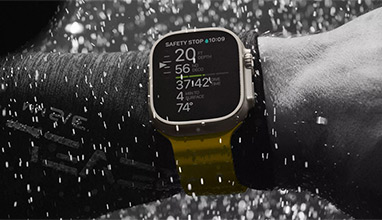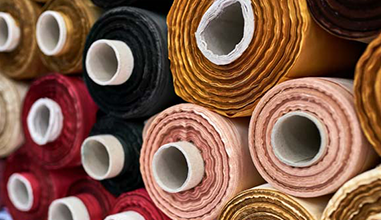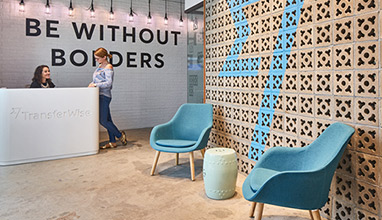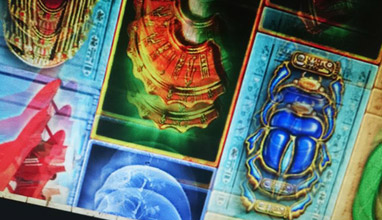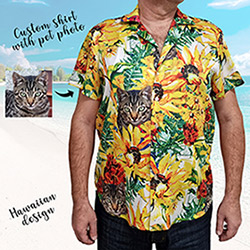How AI Is Quietly Transforming Fashion
Not long ago, Artificial Intelligence in fashion sounded like a futuristic gimmick. Today, it is reshaping how collections are conceived, tested, and brought to market. What once took months can now happen in weeks, sometimes even days. From fast fashion to luxury, brands are discovering that AI is not just about efficiency—it is also unlocking new creative possibilities.
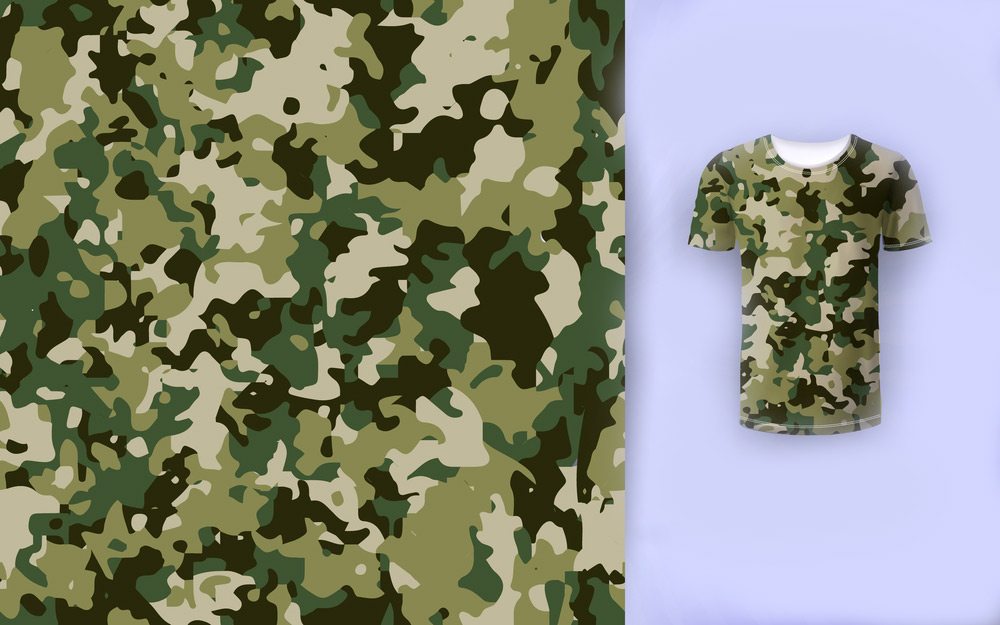
Photo: Depositphotos
From mood boards to instant design concepts
Traditionally, designers spent weeks building mood boards, sifting through old magazines, and sketching ideas. Now, with generative AI, they can input a few parameters—such as “structured blazer in neutral tones with sustainable fabric”—and receive dozens of fully formed concepts in minutes.
This shift is already visible on the global stage. Dutch denim brand G-Star RAW presented an avant-garde denim collection designed with MidJourney, an AI image generator. The system produced 12 different concepts, ranging from sculptural jackets to futuristic boots. Designers selected one for production, but the entire process—normally weeks of brainstorming—took just a few days.
Spanish retailer Mango has gone even further, launching an internal platform called Inspire. It allows designers and product developers to collaborate with AI when creating prints, fabrics, and garments. Rather than replacing human creativity, the tool multiplies options and speeds up early design.
Sampling without sewing
Fashion has long relied on multiple rounds of physical samples, each iteration costing time and money. Many of those samples never reach production, ending up as waste. AI is changing this too.
Tommy Hilfiger now uses digital 3D modeling to show buyers up to 80% of a collection virtually in what it calls a “digital showroom.” The garments are so realistic that buyers can see how a fabric drapes, how it looks under light, and even how it moves on the body—without a single prototype being stitched. This approach has cut sample production dramatically and sped up the buying process.
Testing demand before production
One of the fashion industry’s biggest headaches is overproduction. Luxury groups like LVMH and Kering hold billions of euros in unsold inventory every year. Traditionally, brands tested demand by producing samples, running photoshoots, and showing them to buyers or on social media—a slow and expensive process.
Now, AI makes it possible to skip that stage. American e-retailer Revolve experimented with designs from the first AI Fashion Week in New York, where collections were generated using AI tools like MidJourney and Stable Diffusion. Only the designs that resonated with customers online were actually manufactured. For brands, this means less risk and greater efficiency: test digitally, then produce only what customers respond to.
Speed is no longer just for fast fashion
Brands like Zara and Shein built empires on speed, reducing development cycles to just weeks. With AI, even mainstream retailers are catching up. Walmart, for example, has piloted a “Trend-to-Product” tool that shortens the design-to-market cycle from six months to just six weeks. That kind of acceleration can make the difference between catching a trend at its peak and missing it entirely.
For smaller U.S. brands and independent designers, AI is even more transformative. With tools for digital sketching, 3D visualization, and online testing, they can move quickly without massive budgets. A young designer can now present a digital collection to their followers, measure engagement, and decide what to produce—something that once required months of investment.
Luxury’s cautious embrace
Luxury fashion is moving more carefully, focusing on preserving brand identity while experimenting with AI. Ralph Lauren recently launched “Ask Ralph,” a conversational digital stylist built on Microsoft’s AI platform. It draws on the brand’s archives and imagery to offer styling advice. While still limited in personalization, it shows how heritage brands are exploring AI not for speed, but for enhancing client experience and loyalty.
What’s next
Looking ahead, the changes will go even further. Virtual try-on tools will become mainstream, giving shoppers the ability to see how clothes fit on realistic body types before ordering—cutting down on costly returns. Generative AI will not only generate sketches but also fabric patterns and prints, even enabling customers to co-create limited-edition pieces. And AI-runways, like the AI Fashion Week launched in New York in 2023, are likely to become a regular part of fashion weeks in Paris, Milan, and London.
Fashion has always been about creativity and timing. What AI brings is more of both—helping designers generate ideas faster, brands test demand more smartly, and customers feel part of the story much earlier. The future of fashion may not be written entirely by algorithms, but it will certainly be shaped by them.
By Asya Granovskaia
Hits: 2193 | Leave a comment


